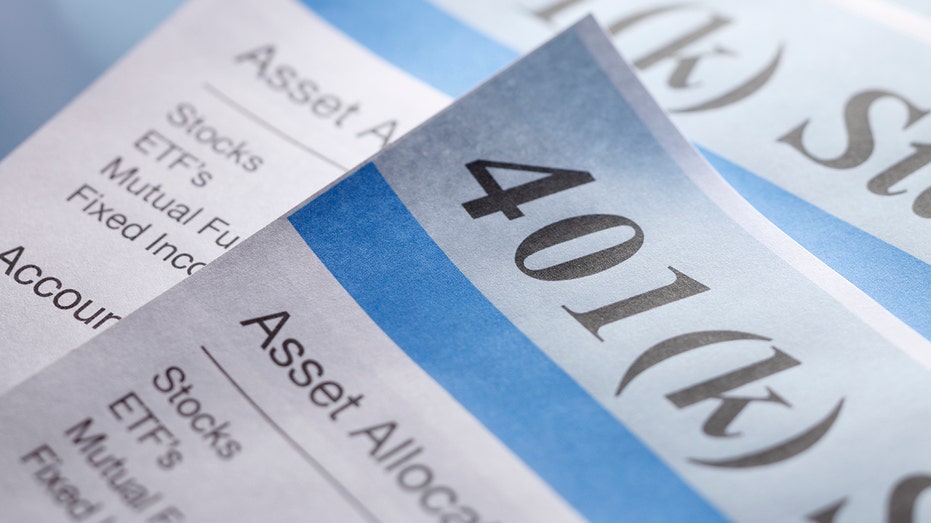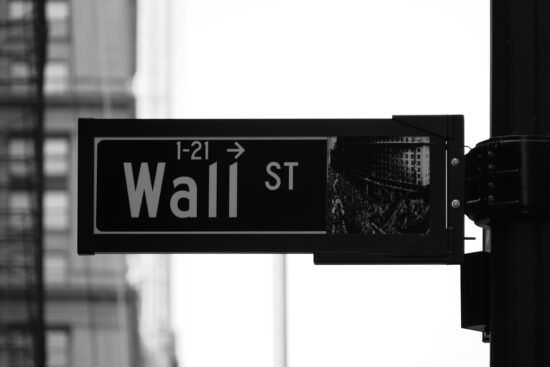
401(k) Meltdown: When Inflation Forces Your Hand
A record-breaking number of Americans are making emergency withdrawals from their 401(k) retirement plans in order to cover a financial hardship amid the ongoing inflation crisis, according to new data from Vanguard Group.
Nearly 3.6% of workers participating in employer-sponsored 401(k) plans made a so-called "hardship" withdrawal in 2023, according to Vanguard, which tracks about 5 million accounts. That marks a major increase from the 2.8% rate recorded in 2022 and the pre-pandemic average of about 2%. It marks the highest level since Vanguard began tracking the data in 2004.
Hardship withdrawals allow workers to tap their 401(k) for an "immediate and heavy financial need."
Individuals who make these types of withdrawals owe income tax on the money and could be hit with a 10% early withdrawal fee if they are under the age of 59½. However, the penalty can be waived if workers provide adequate evidence that the money is being used for a qualified hardship, such as a medical expense.

A stack of retirement account statements. (iStock / iStock)
A person who takes a hardship withdrawal also cannot pay it back to their 401(k), and cannot roll that money into another retirement savings account.
The increase in Americans tapping their 401(k)s for emergency purposes comes as they confront stubbornly high inflation that has rapidly eroded workers' purchasing power.
About 40% of individuals who dipped into their 401(k) last year did so to avoid foreclosure — up from about 36% in 2022, according to the report.

A woman shops for groceries at a supermarket in Monterey Park, California, on Oct. 19, 2022. (FREDERIC J. BROWN/AFP via Getty Images / Getty Images)
The Labor Department on Tuesday reported that the consumer price index, a broad measure of the price of everyday goods including gasoline, groceries and rent, rose 0.4% in February from the previous month. Prices climbed 3.2% from the same time last year.
Both of those figures came in higher than the 0.3% monthly increase and 3.1% headline gain recorded in January.
High inflation has created severe financial pressures for most U.S. households, which are forced to pay more for everyday necessities like food and rent. The burden is disproportionately borne by low-income Americans, whose already-stretched paychecks are heavily affected by price fluctuations.
As they spend more on everyday goods, Americans are burning through their savings and are increasingly turning to credit cards to cover those basic expenses.
Credit card debt surged to a record high at the end of December, according to recent New York Federal Reserve data.
In the three-month period from October to December, total credit card debt rose to $1.13 trillion, an increase of $50 billion, or 4.6% from the previous quarter, according to the report. It marks the highest level on record in Fed data dating back to 2003 and the 10th consecutive annual increase.
This article originally appeared on Fox Business
sign up for the newsletter
By signing up, you agree to our Privacy Policy and Terms of Use, and agree to receive content that may sometimes include advertisements. You may opt out at any time.












